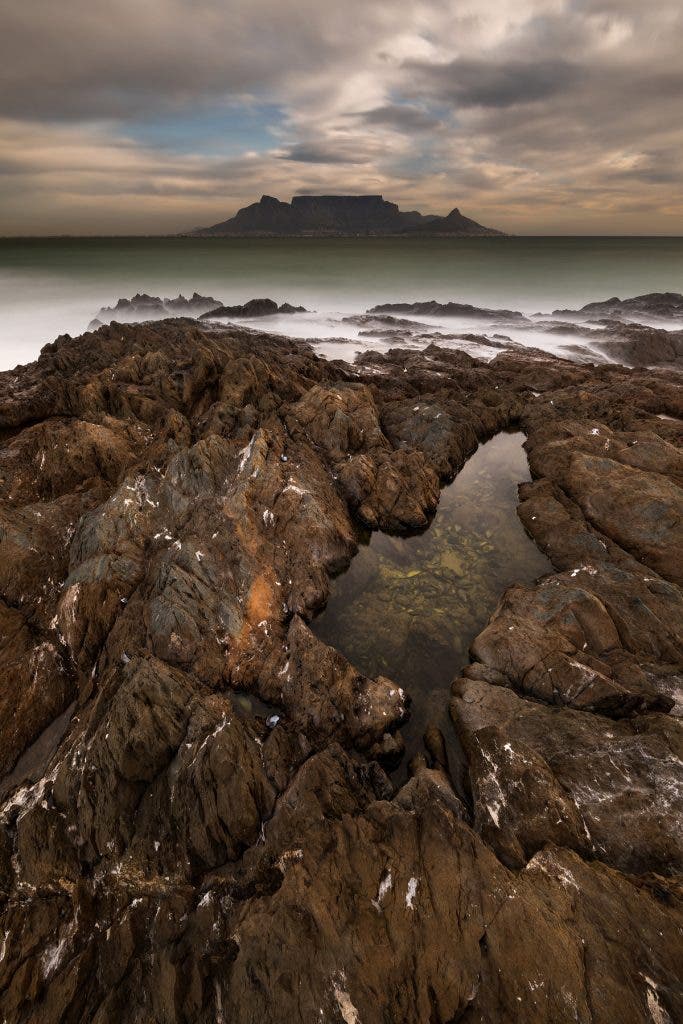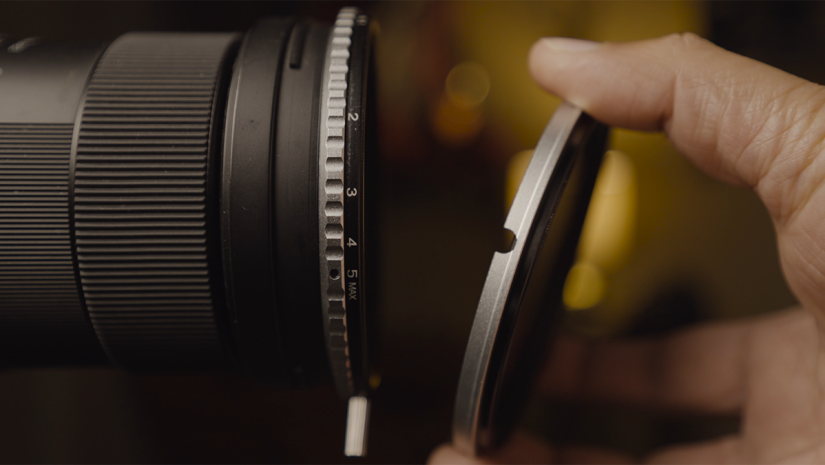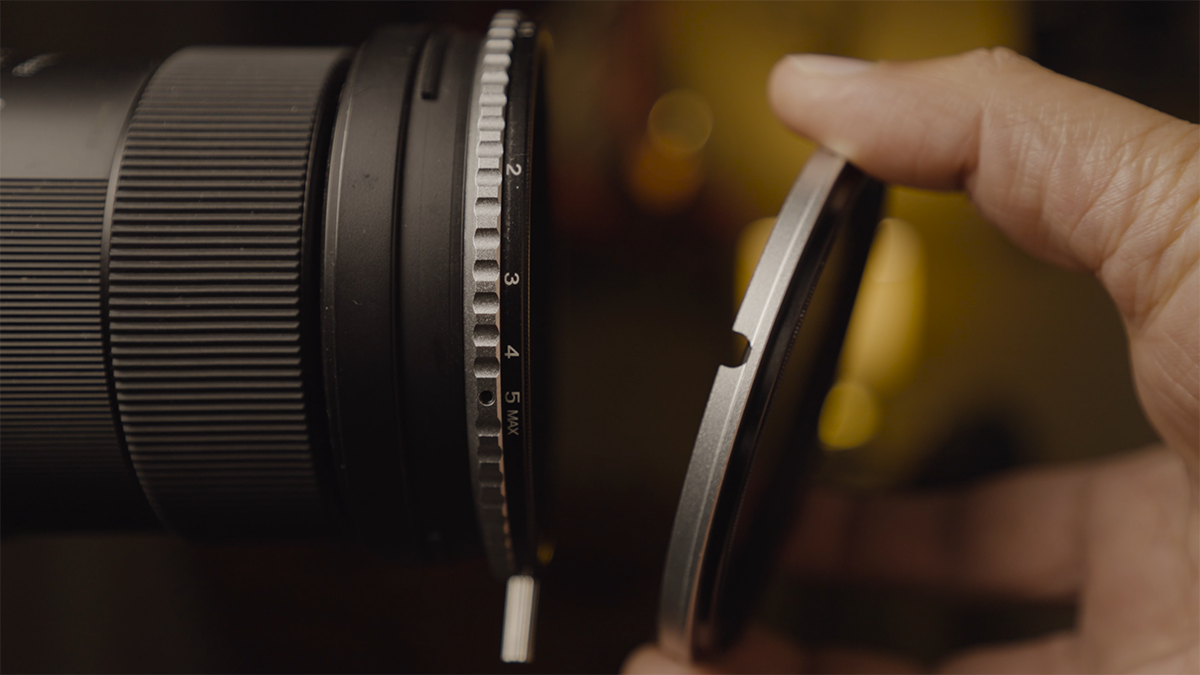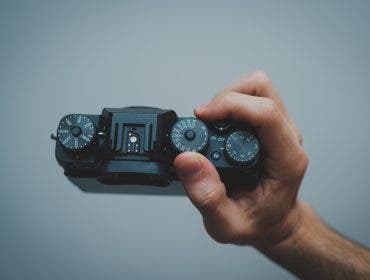While I was making a video in my home studio, my son pointed to my filter. He said, “Are you putting sunglasses on the lens now?”. I proudly smiled and told him this was precisely what I was doing. I went on to explain that it was called a neutral density (ND) filter. To be exact, it was a Variable ND filter.
Two months prior…
“Why do you wear sunglasses, Dad?” my son asked me once while hiking.
“Well, because it’s too bright, the glasses block some light so that I can see more easily with less glare,” I replied by putting my shades on him to demonstrate.
Variable ND, A Way to See Clearly
Just like humans, cameras need to see clearly. This means keeping the exposure in a specific range so we don’t lose detail in the bright areas or shadows. We use filters with a dark tint to block just the right amount of light so that the photo or video is “exposed” to our requirements. Achieving correct exposure in the camera requires a combination of camera settings and essential equipment like neutral density filters. For me, filters in my photography and filmmaking are not optional extras; they are mandatory. After reading this article, you will agree.
ND filters have various strengths corresponding to the amount of light they block. The challenge is to swap them in accordance with the ever-changing light around you. This is where a variable ND filter comes in handy because you only need to buy one filter. By rotating it, you control the amount of stops of light that are blocked.
Shutter Speed and the Variable ND
Remember this: in film-making, maintaining a specific shutter speed is crucial for achieving natural motion blur of moving objects like cars, animals, birds, humans, etc. For example, with a frame rate of 25 fps, following the 180-degree shutter rule, we aim for a shutter speed of 1/50. For 50 fps, the shutter speed is 1/100, and so forth. The Variable ND filter helps easily adjust exposure, allowing you to choose your ISO and aperture values to help preserve a cinematic look. This way, you don’t compromise on the shutter speed that aligns with the frame rate, even in bright conditions. Variable ND filters are crucial for outdoor shooting in dynamic scenarios because they offer flexibility.
ND filters are also invaluable for landscape photography. They allow you to use long exposures to achieve results like motion blur in the water and silky smooth ocean waves and clouds.

NiSi Swift True Color Kit
As a solo filmmaker and YouTuber, I use NiSi’s Swift True Color Kit with a 1-5 Stop variable ND filter and a 4-stop ND filter for daily video work. It has a competitive price range, and unlike its predecessor, it does not give a color cast. The variable 1-5 Stop is screwed to the front of your lens. Accordingly, buy the one that fits your lens’s ring size. Another advantage of purchasing the kit is that you can, through magnetic latching, attach the 4-stop ND filter on top of the variable 1-5 Stop, making it a 5-9-stop filter.
The combination is achieved without the banding you usually get at wide angles with a single 10-stop variable ND filter. The nano-coating also ensures the filter is scratch-resistant and hydrophobic. This is great for a clumsy person like me who shoves filters, micro-fiber cloths, keys, and cell phones in one pocket for convenience.
Consequently, this has prevented many would-have-been replacements with my shooting style. Lastly, a small removable pin on the variable ND filter helps you rotate it easily while recording and making your videos. It’s super convenient!
NiSi filters have alternatives available in the market, so be sure to explore your options to ensure that your purchase meets your needs and expectations.
All Photos by Mujahid Ur Rehman






